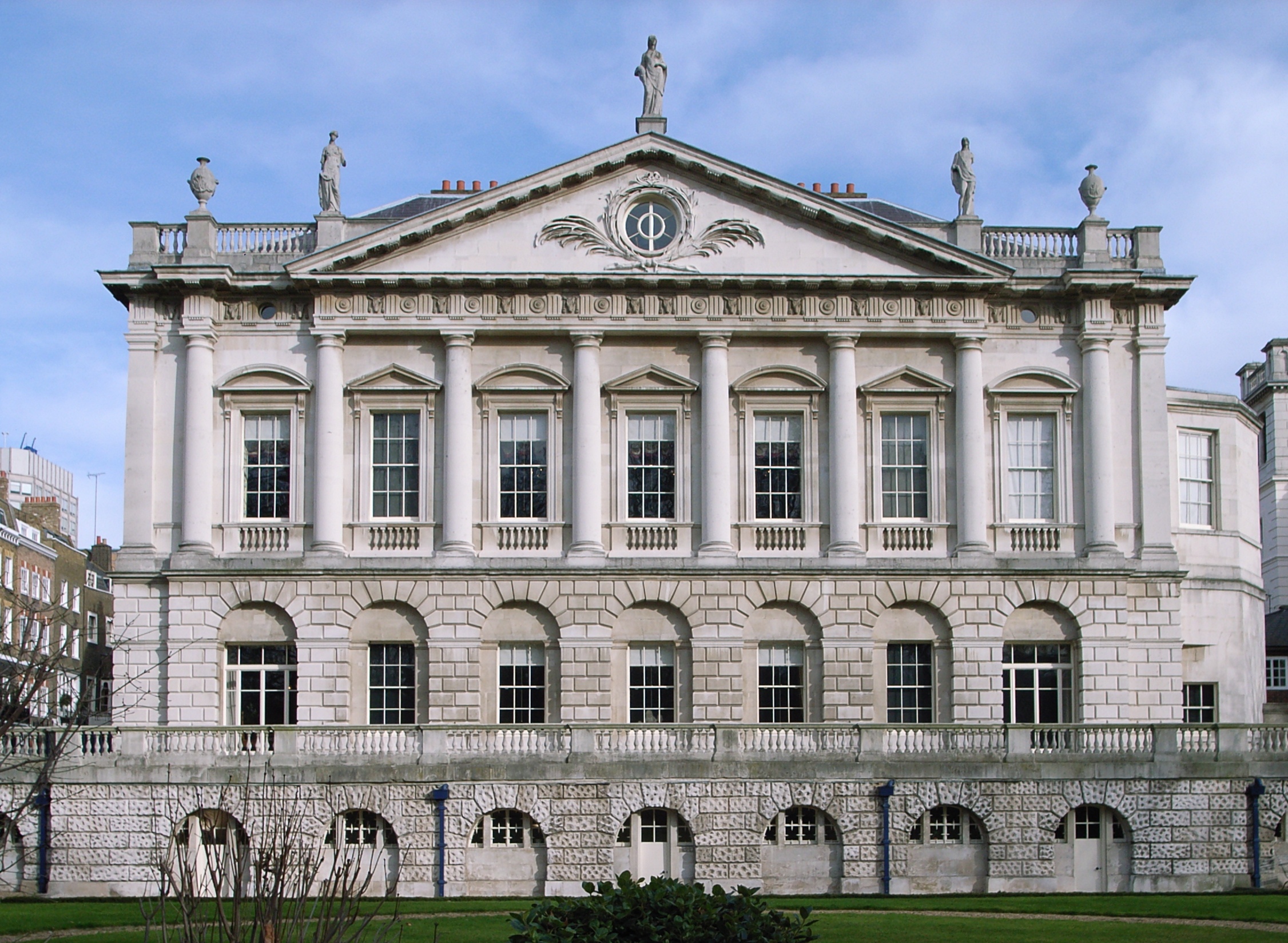
Townhouse (Great Britain)
In British usage, the term townhouse originally referred to the opulent town or city residence (in practice normally in Westminster near the seat of the monarch) of a member of the nobility or gentry, as opposed to their country seat, generally known as a country house or, colloquially, for the larger ones, stately home. The grandest of the London townhouses were stand-alone buildings, but many were terraced buildings.
For the North American use of the term, see Townhouse (North America).British property developers and estate agents often market new buildings as townhouses, following the North American usage of the term, to aggrandise modest dwellings and to avoid the negative connotation of cheap terraced housing built in the Victorian era to accommodate workers. The aristocratic pedigree of terraced housing, for example as survives in St James's Square in Westminster, is widely forgotten. In concept, the aristocratic townhouse is comparable to the hôtel particulier, which notably housed the French nobleman in Paris, as well as to the urban domus of the nobiles of Ancient Rome.
Background[edit]
Historically, a town house (later townhouse) was the city residence of a noble or wealthy family, who would own one or more country houses, generally manor houses, in which they lived for much of the year and from the estates surrounding which they derived much of their wealth and political power. Many of the Inns of Court in London served this function; for example, Gray's Inn was the London townhouse of Reginald de Grey, 1st Baron Grey de Wilton (d. 1308). A dwelling in London, or in the provincial city of the county in which their country estate was located, was required for attendance on the royal court, attendance in Parliament, for the transaction of legal business and business in general. From the 18th century, landowners and their servants would move to a townhouse during the social season when balls and other society gatherings took place.[1]
From the 18th century, most townhouses were terraced; it was one of the successes of Georgian architecture to persuade the rich to buy terraced houses, especially if they were in a garden square. Only a small minority of them, generally the largest, were detached; even aristocrats whose country houses had grounds of hundreds or thousands of acres often lived in terraced houses in town. For example, the Duke of Norfolk was seated at Arundel Castle in the country, while from 1722 his London house, Norfolk House, was a terraced house in St James's Square, albeit one over 100 feet (30 metres) wide. Anciently the Dukes of Norfolk also had a townhouse, more properly a ducal palace, in the City of Norwich, the capital of the County of Norfolk, which was greatly enlarged by Thomas Howard, 4th Duke of Norfolk (d.1572), whose London townhouse was then the London Charterhouse just outside of the northern wall of the City of London, re-named "Howard House".[2]